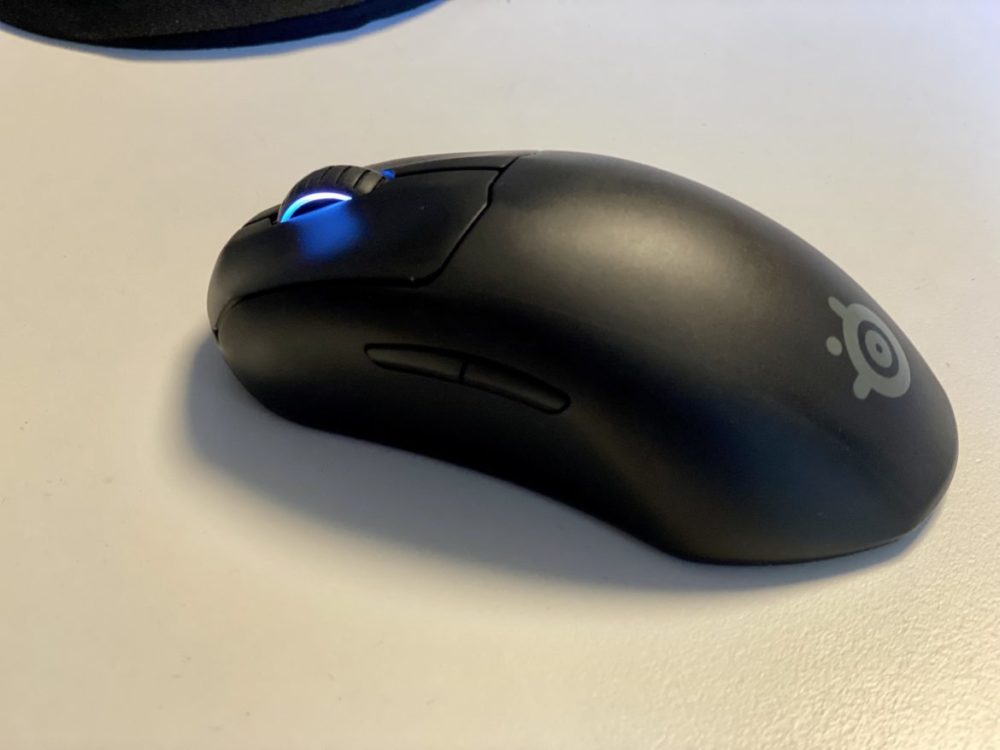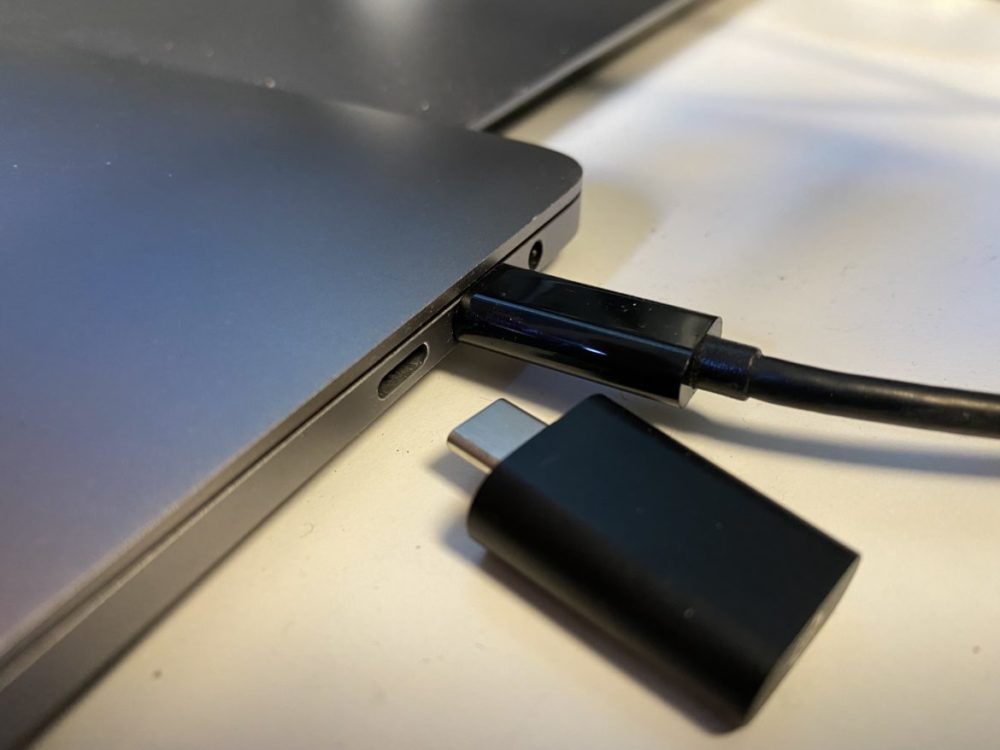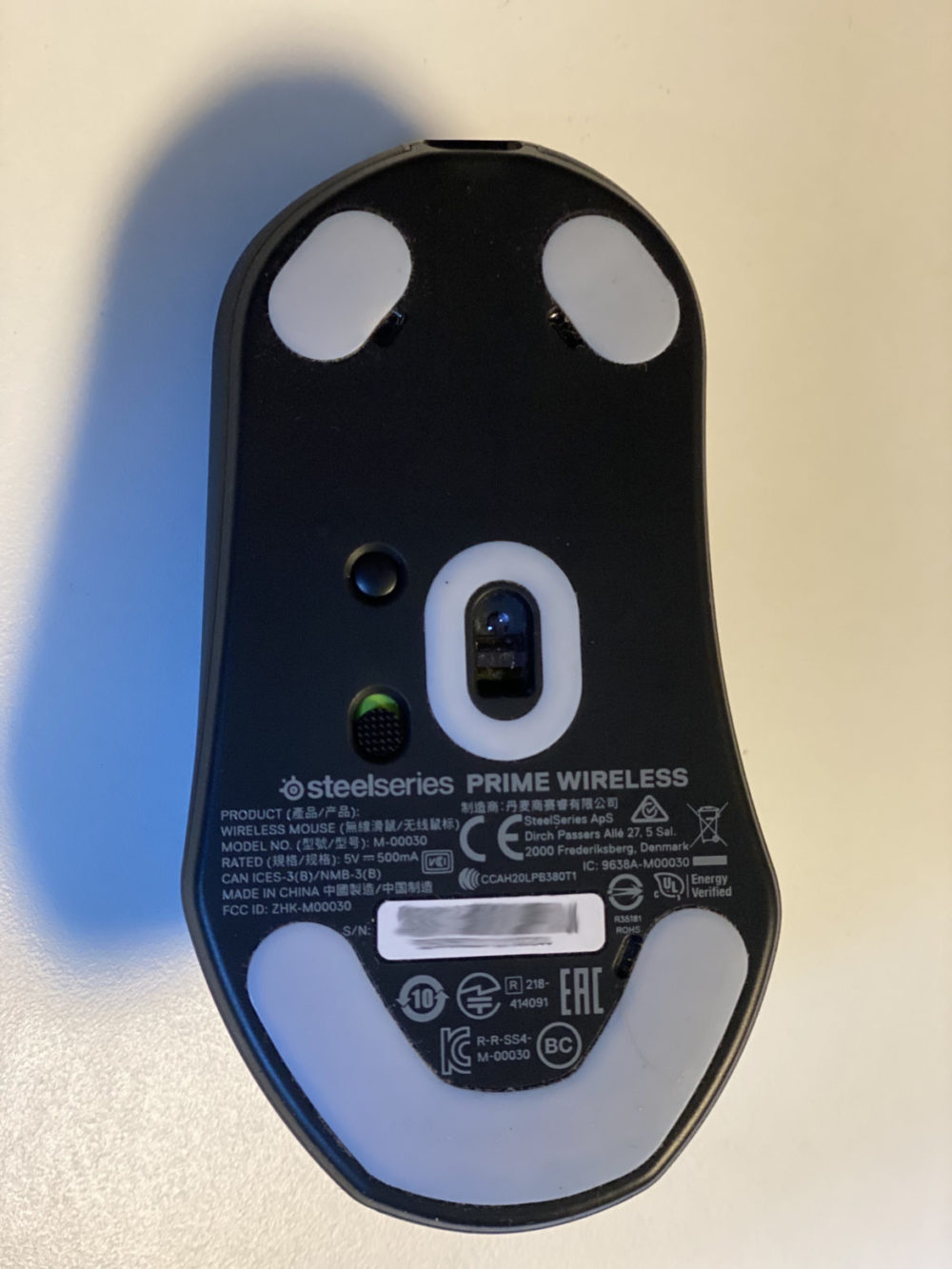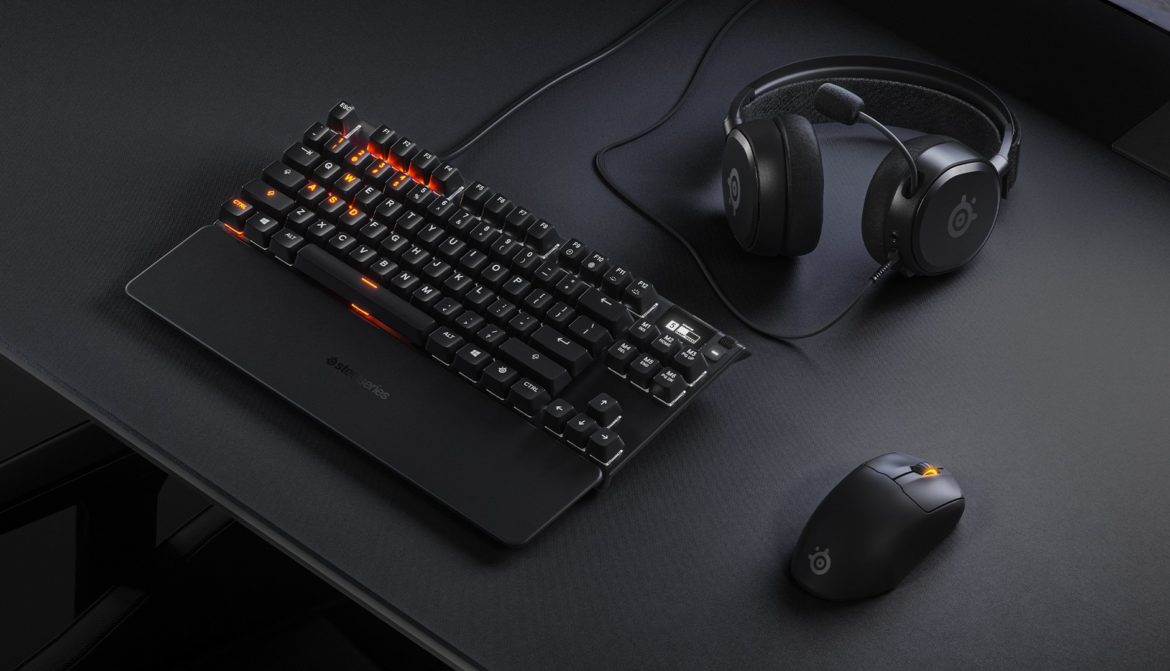TL;DR
SteelSeries Prime Wireless delivers the precision and feel of its wired sibling but trades freedom for a few compromises. While it offers excellent battery life and a comfortable design for gaming and work, the clunky USB-C transmitter can block adjacent ports and has had initial connectivity quirks. The side button placement is also a bit finicky. If wireless is a must-have and you can overlook these design snags, it's a solid performer, but the transmitter's limitations prevent it from reaching its full potential. Curious to see if the wireless freedom is worth the hassle? Dive into the full review!
In a previous review, we highlighted the merits of the SteelSeries Prime+, a wired mouse lauded for its lightweight design and exceptional precision. This review focuses on the SteelSeries Prime Wireless, which offers the same core features in a wireless configuration, substituting the cable for a transmitter and commanding a slightly higher price point. We assess whether the wireless freedom justifies the additional cost.
The Prime Wireless shares a strong resemblance to the Prime+ in many aspects. For a comprehensive understanding of the shared features, we recommend consulting our previous review. This analysis will primarily focus on the differences between the two models. The Prime Wireless retains the positive attributes of its wired counterpart: its precision, software integration, ergonomic design, and overall feel. A minor specification difference is the sensor, where the TruMove Pro (450 IPS) has been replaced with a TruMove Air (400 IPS). However, this 50 IPS reduction is unlikely to be perceptible to most users.

Wireless connectivity is a significant advantage for many users, but it introduces certain considerations. Beyond the increased cost, the mouse necessitates the use of a USB-C transmitter. Its physical size and power sensitivity present some usability challenges, particularly regarding its power requirements, which appear unexpectedly specific. Initially, we encountered difficulties establishing a connection. However, utilizing the GG software and the provided USB-C adapter, a firmware update resolved the initial connectivity issue with a straightforward installation process. Nevertheless, the transmitter exhibited incompatibility with our USB hub and an external USB-C adapter connected to a Mac. Consistent performance was only achieved when directly connected to the computer’s built-in USB-C ports. This leads to another concern: the transmitter’s width obstructs the simultaneous use of adjacent USB-C ports. Users with dual displays or power requirements on both ports may encounter limitations. This design aspect is a notable drawback. The inclusion of a Bluetooth option would provide an alternative for users who prioritize connectivity over ultra-low latency performance (as required in e-sports scenarios).

As previously noted, the Prime Wireless delivers a positive user experience for both professional tasks and gaming applications. The mouse provides a comfortable grip, and a lighter “mini” version is now available. SteelSeries states the design is suitable for both right- and left-handed users. However, the placement of the side buttons can lead to accidental activations, potentially disrupting workflow.

In conclusion, the Prime Wireless is a high-performing mouse. However, the transmitter’s design, the price increase, and the side button placement detract from its overall appeal. If USB-C connectivity is a primary requirement and the benefits of wireless operation are paramount, then this mouse remains a viable option, particularly given its impressive battery life. Overall, the mouse narrowly misses achieving the same rating as its wired predecessor (a nine, signifying a “must-have” product). A redesign of the transmitter to reduce its width or enable power delivery through an external connection could elevate its rating. As it stands, we offer a strong recommendation, and the Rival 650 is superseded by the Prime Wireless as the new reference in the wireless mouse category.

